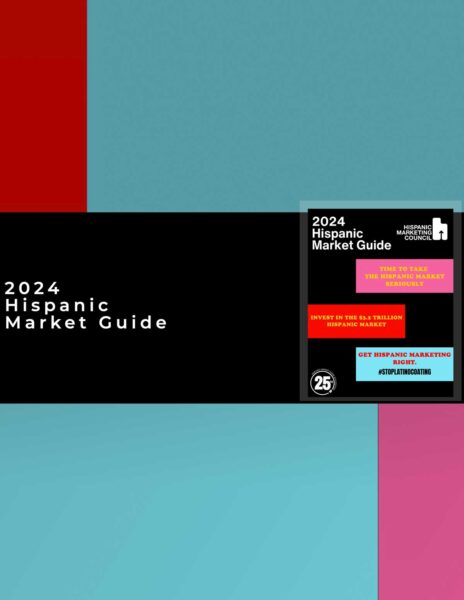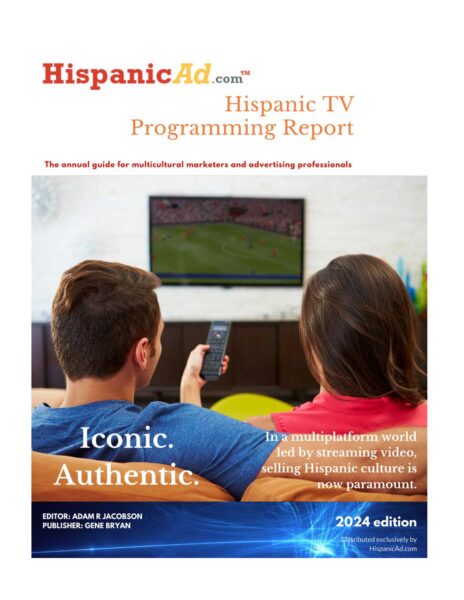Reference Group Influence Among Hispanic Consumers. [INSIGHT]
August 27, 2012
Humans are social beings; our entire lives involve interaction with others who help to shape our conceptions about life and the world around us. Korzenny and Korzenny (2012) describe identity as a “complex construct that is socially determined”. This means that our self-concept is the result of our interactions and experiences with others. Escales and Beltman (2005) support this notion and go further to contend that consumption behavior is part of the process of the construction of self-concepts and creation of personal identity. They also theorize that reference groups form part of the process that individuals use to develop associations with brands. In the context of this paper, we will define reference groups as role models that guide behavior (Korzenny & Korzenny, 2012). Consumers perceive that these role models have some desirable attributes that they wish to emulate or that they perceive to be “like them”. These attributes are also transferred to brands that these role models are perceived to use and allows consumers to form connections with these brands (Escales & Bettman, 2005).
The idea of reference groups is true for all ethnic groups and in the case of Hispanic consumers; it is not as simple as it may first appear. Stereotypical perceptions of Hispanics often times lead marketers to make faulty assumptions about correct reference groups for this cultural group. They sometimes also incorrectly assume that reference groups are the same for all Hispanics but as Alaniz & Gilly (1986) point out, there are significant differences among cultural attitudes and behaviors of Mexican, Cuban, Puerto Rican and other countries of descent. This will mean that while there may be some similarities in reference groups, there are also differences. Korzenny and Korzenny (2012) also highlight an important point: in the Hispanic context, reference groups are diverse and vary based on product category. This will mean that a single reference group is certainly not appropriate for all product categories.
The family has long been recognized as a major reference group for Hispanic consumers, similar to other ethnic groups. While this is not the case for all product categories, it is essentially correct. Our initial interactions and formative years of life are spent with family and community who shape our conceptions of right and wrong, acceptable and unacceptable modes of behavior. As we get older, our locus of interaction expands to other groups who also impact our perceptions and additional reference groups are developed, while certain beliefs are modified as a result of these interactions and their impact on our views about life, those initial interactions remain ingrained and are deep- seated, they are still part of our core and continue to affect our decision making (Littlejohn &Foss, 2011; Korzenny & Korzenny, 2012). These interactions are not only limited to face to face contact but also through the media.
While family remains an important reference group for Hispanic consumers, this influence may not apply to all product categories and the nature of the influence may vary. It also varies based on the type of family structure of that household. For example, Alaniz and Gilly (1986) argue that extended family members can influence individual household purchase decisions by serving as highly credible source of information as well as participating in the actual purchasing. This is however more prevalent in extended family type households or in situations where an extended family member is perceived to be experienced in making those types of purchases. As Korzenny and Korzenny (2012) highlight, non- Hispanic reference groups are also utilized for other product categories, especially if the individual associated with product categories and brands appear to be more knowledgeable about.
It is also important to bear in mind that while similarities between the referent and the consumer is part of what makes certain persons good influencers of Hispanic consumers, reference groups can also be aspirational, where the consumer desires to be like the referent and so considers them to be good role models. This idea of being like the referent does not indicate that the Hispanic consumer divorces his or her Hispanic roots, but rather a fusion of identities as the consumer negotiates life in the American culture. They may admire a non- Hispanic referent because of his or her business acumen and desire to apply similar principles to achieve financial success, this in negates this consumer’s Hispanic identity.
The concept of reference groups is not as simple as it appears on the surface. Being Hispanic is certainly not necessarily the primary criteria for a good role model. What is more important is how the consumer perceives this role model and the emotional connection that is established between the Hispanic consumer and that reference group. What is even more important to understand is that reference groups vary according to product categories, just as Hispanic identity varies with the social context that individual is in.
By Neelen Leslie – Doctoral Student.
Center for Hispanic Marketing Communication
Florida State University
References:
Alaniz, L. and Gilly, M.C. (1986). The Hispanic Family- Consumer Research Issues. Psychology and Marketing 3(4), pp 291-304.
Escales, J.E. and Beltman, J.R. (2005). Self-Construal, Reference Groups, and Brand Meaning.
Journal of Consumer Research. 32(3) pp. 378-389.
Korzenny F and Korzenny B (2012) Hispanic Marketing, Connecting with the new Latino
Consumer, Second Edition. New York Routledge Inc.
Littlejohn, S. and Foss, K, (2011) Theories of Human Communication. Tenth Edition. Waveland Press Inc. Grove, Illinois































